Interior Design impacts our senses through lighting, acoustics, materials, colors, patterns, texture, furniture layout, and more. These factors have the ability to impact how people feel. This link between design and psychology is gaining recognition, leading to people-centric designs. Environmental psychology has existed for centuries, such as Vastu Shastra, Feng Shui, etc. Texture affects our senses by influencing how we perceive other senses, such as sight. The texture is used by artists to add depth and balance to their work. Patterns in interior design have a subconscious effect on our emotions and can create a sense of harmony, excitement, or mood depending on the type of pattern used.
Texture and patterns are crucial elements of interior design that significantly impact our mood, well-being, subconsciousness, and health. In this article, we will explore the different types of textures and their effects on our senses, along with how they contribute to the overall aesthetic appeal of a space. When decorating your home, these play a vital role in creating a unique and comfortable space.

Texture
Texture in interior design is the tactile and visual quality of surfaces, referring to the way materials feel and look. It evokes emotion, elevates perception, and adds depth, richness, and complexity to a space.
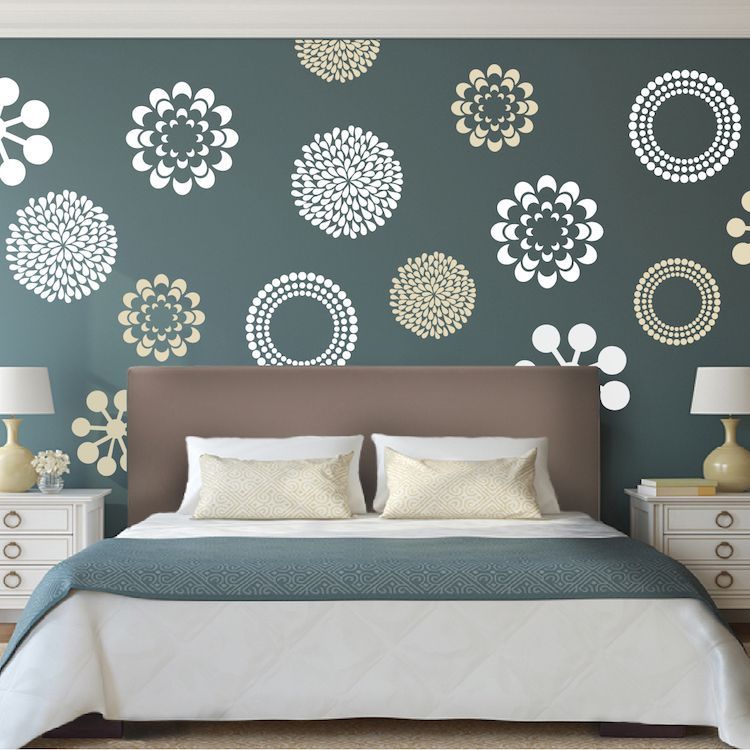
Types of Texture
Actual Interior Texture
Actual texture in interior design refers to the physical qualities of surfaces in a space that we can touch and feel. Texture has the power to evoke emotions and affect our well-being by creating a sense of comfort, warmth, or excitement. For instance, rough textures can stimulate the senses and create a feeling of energy, while smooth textures can evoke calmness and relaxation. Examples of actual texture include stucco walls, hardwood floors, stone countertops, textured wallpapers, etc.
Simulated/Visual Interior Texture
Simulated texture in interior design refers to surfaces that are smooth to the touch but are designed to look like they have a texture. While simulated textures don't offer the tactile experience of actual textures, they can still create visual interest and enhance the ambiance & depth of space. For example, tiles with a printed texture to resemble natural stone or concrete, paint with a stippled or brushed effect to create the illusion of texture, etc.
Abstract Interior Texture
Abstract texture in interior design refers to the use of non-representational shapes, forms, and patterns to create a unique visual texture that stimulates the imagination and emotional response. By manipulating colors, shapes, and lines, abstract textures can influence our subconscious by creating a sense of movement, harmony, or tension, and enhance the ambiance of a space in a compelling and thought-provoking way.
Tactile Interior Texture
Tactile texture in interior design engages our sense of touch, creating a physical and emotional connection to a space. By using materials like wood, stone, or velvet, tactile texture adds depth and richness to a room, influencing our mood and enhancing our overall experience. It includes characteristics such as roughness, smoothness, graininess, and softness.
Patterns
Patterns in interior design are a visual language, an artful expression of form, texture, and color that add personality, interest, and a sense of rhythm to a space. For example, a bold and vibrant pattern would be a great addition to a modern and contemporary space, while a more subtle pattern would be suitable for a traditional and classic space. Patterns are an essential element of interior design that can bring life and personality to a space.
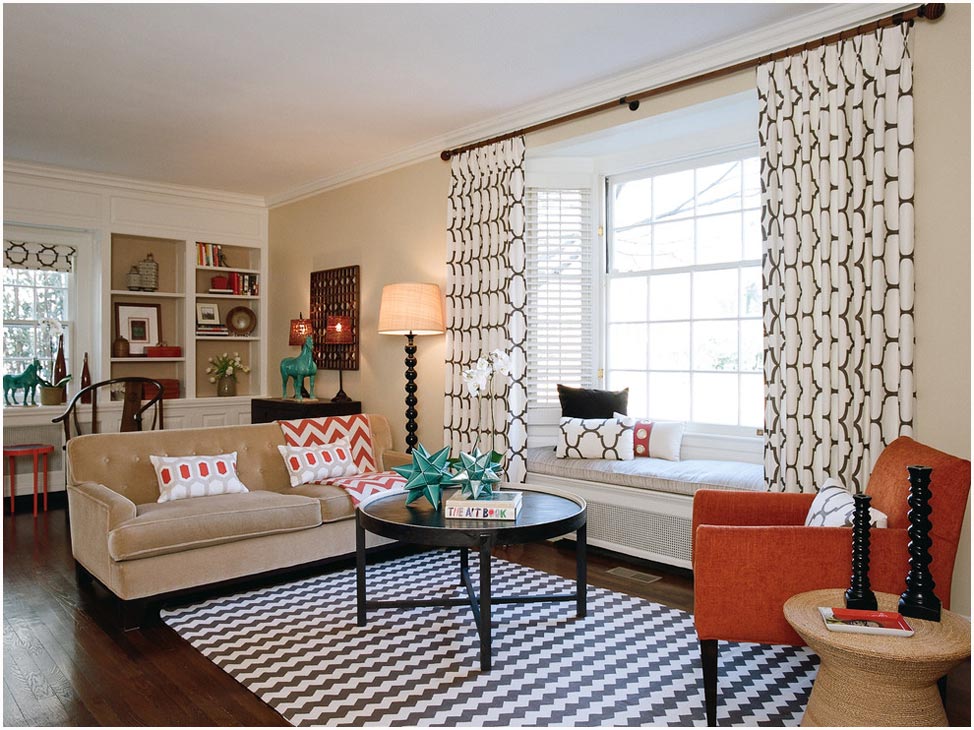
Types of Patterns
Floral Interior Patterns
Floral patterns are one of the most popular types of patterns in interior design. They can add a sense of freshness, vitality, and natural beauty to a space. They are often used in bedrooms, living rooms, and dining rooms to create a cozy and inviting atmosphere.
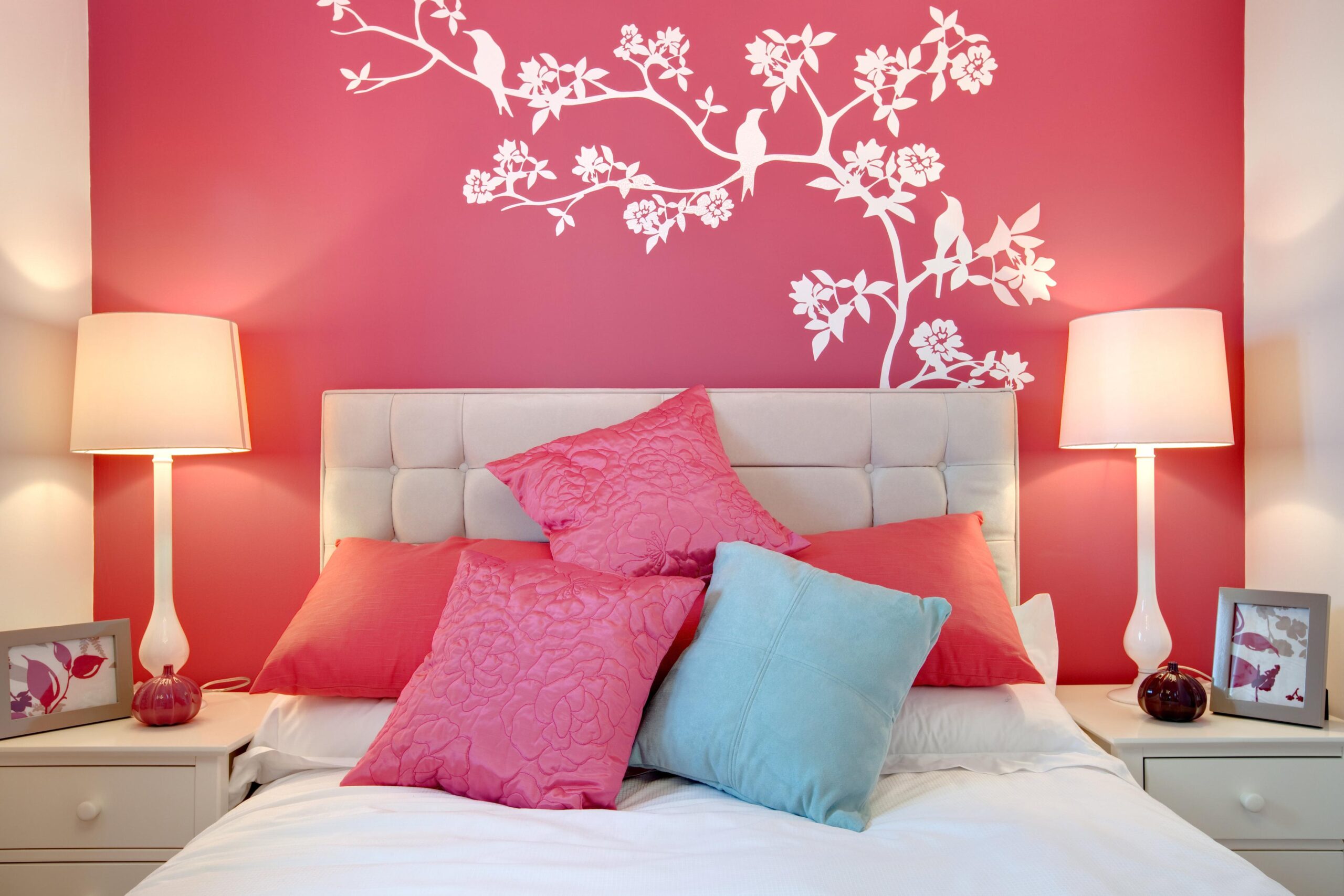
Geometric Interior Patterns
Geometric patterns are a popular choice for modern and contemporary interior design. They can create a sense of order, structure, and symmetry in a space. They are often used in minimalist spaces to add visual interest and depth.
Striped Interior Patterns
Striped patterns are a classic and timeless choice for interior design. They can create a sense of elegance, sophistication, and order in a space. They are often used in traditional and formal spaces such as dining rooms and offices.
Animal Interior Prints
Animal prints are a bold and daring choice for interior design. They can create a sense of adventure, exoticism, and wildness in a space. They are often used in bedrooms, living rooms, and home offices to add a touch of personality and uniqueness.
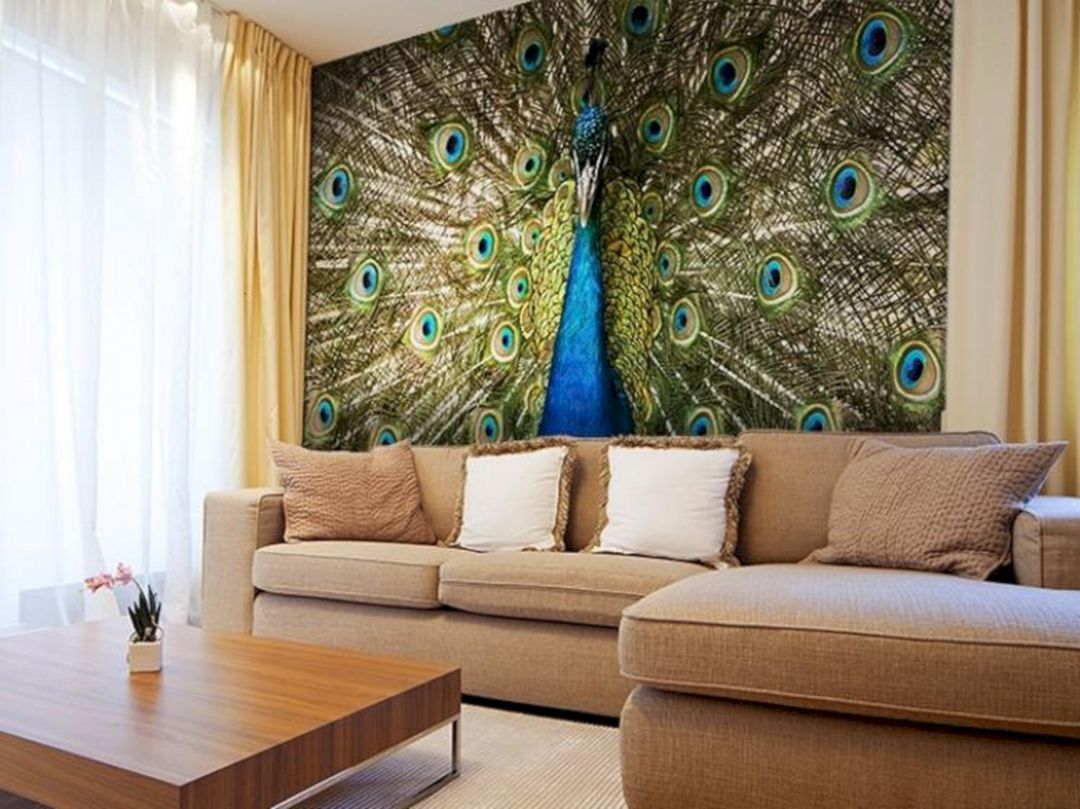
The Holistic Impact of Texture and Pattern on Our Well-being
Texture and pattern can have a profound impact on our holistic well-being, encompassing the physical, mental, spiritual, and subconscious aspects of our lives. Texture and pattern can be used to create a sense of connection to nature, which can have a profound impact on our spiritual well-being. The right combination of textures and patterns can create a sense of balance and harmony in a space, while the wrong combination can create a sense of chaos and discomfort.
A repeating pattern can create a sense of consistency and stability within a room, which can have a calming effect on our subconscious. For example, a room with a lot of angular lines and hard surfaces can create a sense of tension and stress, while a room with softer, more organic shapes can create a sense of calm and relaxation.
How to Incorporate Patterns & Texture
Incorporating patterns and textures into your interior design is all about finding the right balance.
Start With a Neutral Base
Using a neutral color palette as a base will allow you to incorporate patterns and textures without overwhelming the room.
Mix and Match
Don't be afraid to mix and match patterns and textures. The key is to find a common element, such as color or style, to tie everything together.
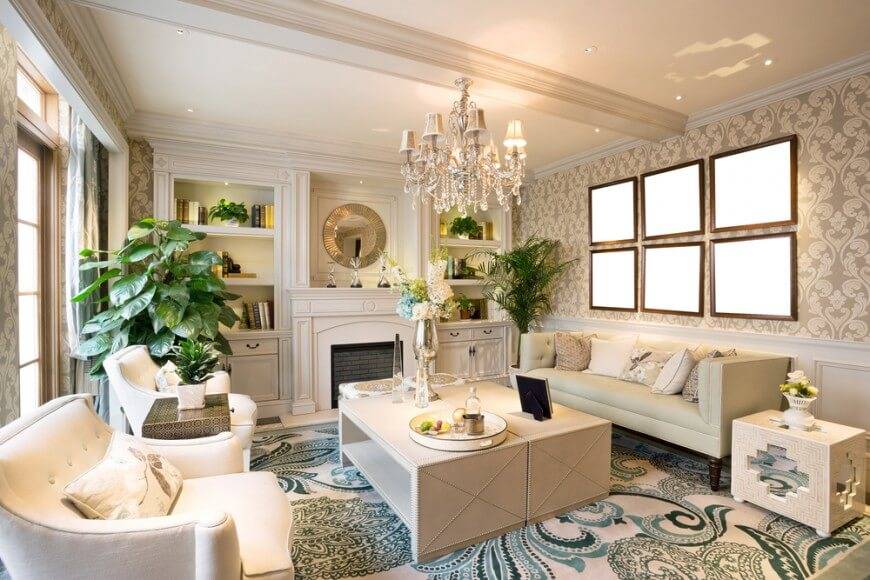
Use Accessories
Incorporating patterns and textures through accessories like pillows, curtains, and rugs is an easy way to add interest to a space.
Play with Scale
Varying the scale of patterns and textures can add depth and visual interest to a room.
Use Texture to Create Contrast
Using contrasting textures can add visual interest and create a focal point in a room.
Reflect Personal Style
Patterns & textures can reflect our personal style and preferences. They can be used to add personality, uniqueness, and creativity to a space.
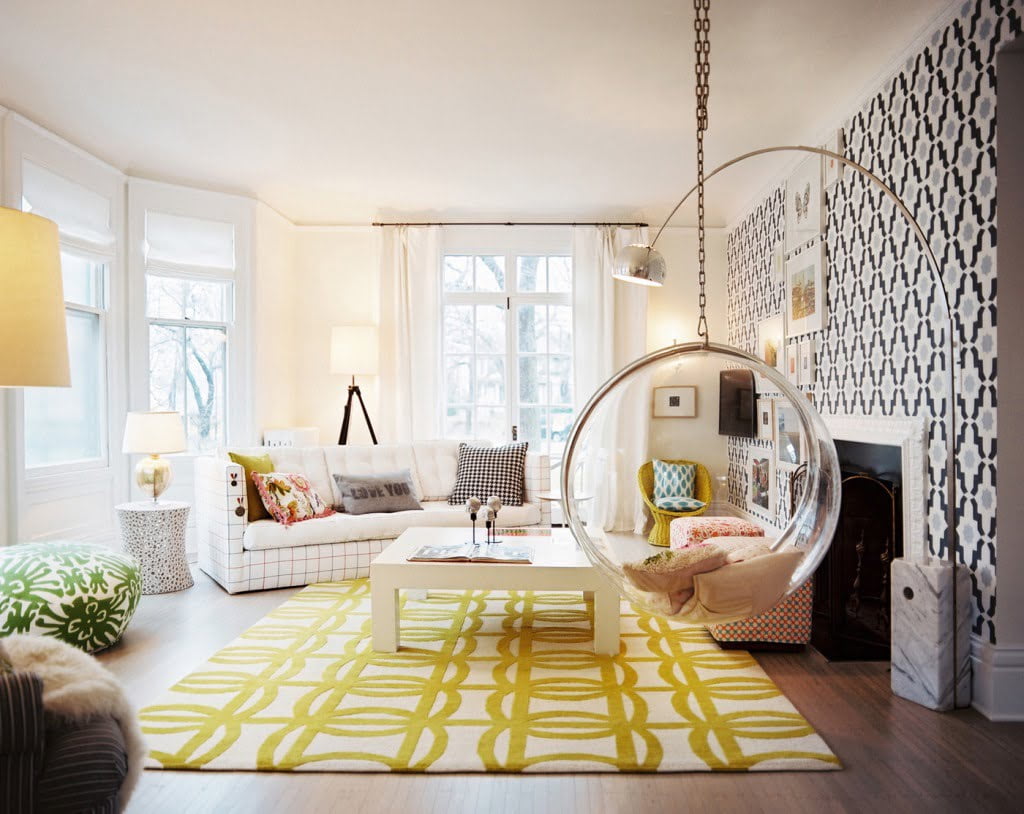
Conclusion:
These are two powerful elements of interior design that can have a significant impact on our well-being. They can affect us physically, mentally, and subconsciously, creating a holistic sense of balance and harmony within a space. When used intentionally and thoughtfully, texture and pattern can transform a room into a place of comfort, beauty, and inspiration.
